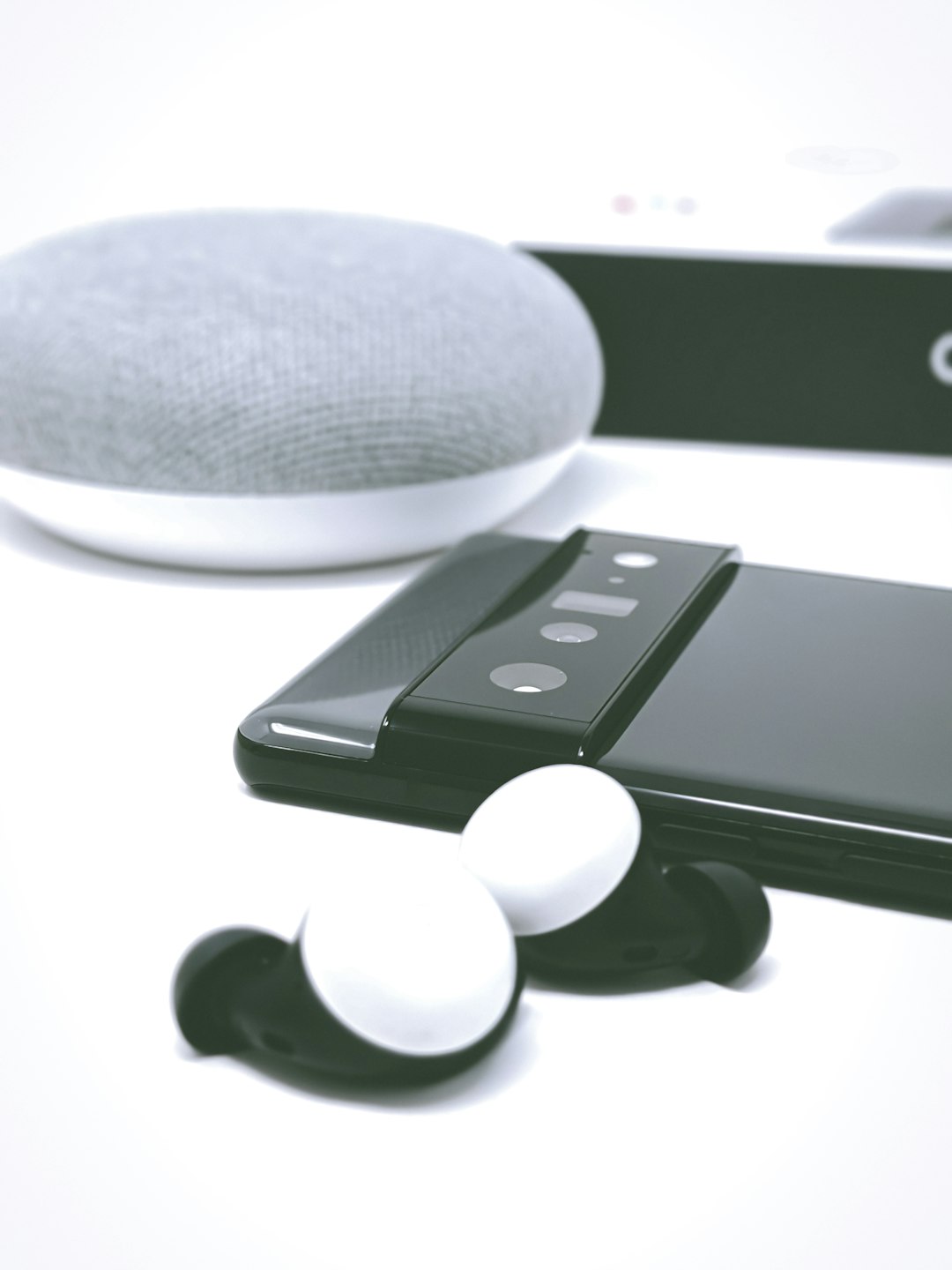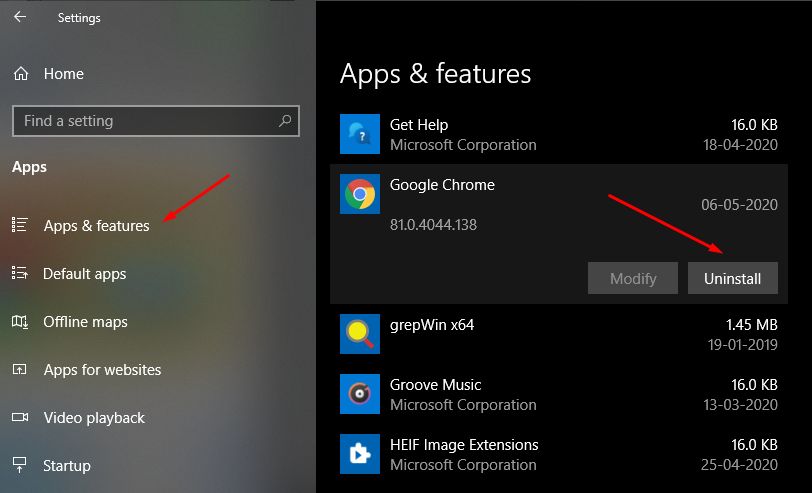In the modern era of streaming music, two platforms have emerged as leaders: Spotify and Pandora. Both offer music lovers a wide array of options to discover and enjoy songs, but they approach the task quite differently. This article takes a serious, well-researched look at both platforms to determine which one offers a better overall experience. Whether you’re an audiophile or someone who enjoys casual listening, understanding the differences between Spotify and Pandora can help you make a more informed decision.
Understanding the Core of Each Service
Before diving into comparisons, it’s important to understand what each platform is fundamentally designed to do.
- Spotify is a music streaming platform that offers users access to an on-demand library of over 80 million songs. It also includes curated playlists, podcasts, and personalized recommendations based on user behavior.
- Pandora started as an internet radio service based on the Music Genome Project. It initially focused on creating stations based on a song or artist you like, using algorithms to recommend similar music.
Both have evolved, but their foundational philosophies still guide how they serve content to users today.
User Interface and Experience
One of the most noticeable differences between Spotify and Pandora lies in their interfaces and user experience.
- Spotify: The interface is sleek, modern, and designed to easily let users explore new music. Spotify’s desktop and mobile apps feature a clear navigation bar, personalized playlists like Discover Weekly, and social integration that allows you to see what your friends are listening to.
- Pandora: Pandora’s interface is more straightforward but can feel dated compared to Spotify. However, it excels in simplicity. Creating a station and just letting the music play is seamless and lightweight, particularly for casual listeners who value minimal interaction.
Spotify’s modern design and interactive features give it a notable edge in user experience, especially for those who like having control over what they listen to.
Music Discovery and Personalization
For many users, the ability to discover new music tailored to their tastes is a critical feature.
- Spotify: Its discovery algorithms are among the best in the industry. With features like Discover Weekly, Daily Mixes, and Release Radar, it continually nurtures your listening habits. Spotify also uses AI and user data to customize playlists and suggest songs you might not have found otherwise.
- Pandora: Pandora’s entire model is built around music discovery. Its Music Genome Project analyzes elements like melody, harmony, and rhythm to identify songs with similar qualities. When you start a station based on one artist or song, Pandora will serve up tracks that align closely in style and tone.
While both platforms are strong in music discovery, Pandora may still have an edge in passive listening and broadening musical horizons through minimal user input. However, Spotify provides more refined recommendations through active engagement.
Audio Quality
Audio quality can be a divisive issue for listeners, especially between free and premium users.
- Spotify: Offers up to 320 kbps audio for premium subscribers, which is generally considered to be high-quality and sufficient for casual and even more serious listeners.
- Pandora: Offers audio quality up to 192 kbps on its highest tier (Pandora Premium). Free and Plus accounts are limited to lower bitrates, which may be noticeable on high-end headphones or speakers.
In terms of raw audio fidelity, Spotify stands out, especially for those who prioritize sound quality.
Content Variety
Spotify has a distinct advantage when it comes to the sheer variety of content it offers:
- Music Library: Spotify boasts over 80 million tracks, covering nearly every genre and subgenre imaginable.
- Podcasts: Spotify is aggressively expanding its podcast catalog and now includes exclusive shows from top creators, celebrities, and journalists.
- Pandora: While it also offers podcasts and music, its library is not as extensive, and its podcast selection lags behind Spotify’s.

For users who want access to not just music but a holistic audio entertainment experience, Spotify is the more comprehensive offering.
Subscription Plans and Value
Both platforms offer several service tiers, ranging from free to premium
- Spotify: Offers a free ad-supported plan, a Premium Individual plan for $10.99/month, a Family plan for $16.99/month, and a Student plan. All premium options include unlimited skips and offline listening.
- Pandora: Has its Free, Plus ($4.99/month), and Premium ($10.99/month) tiers. While Pandora Plus removes ads and allows more skips, it doesn’t offer on-demand streaming like Premium does, putting it closer to Spotify’s offerings only at the highest tier.
Though price points are roughly the same at the premium level, Spotify tends to offer more value in terms of features and content accessibility across its price tiers.
Offline and Cross-Platform Support
Today’s users demand flexibility, and both platforms cater to that to varying degrees.
- Spotify: Allows offline listening for Premium users. It is also available on smart TVs, gaming consoles, car systems, and smart speakers.
- Pandora: Also offers offline listening for Plus and Premium users, though its caching system for offline playback is more limited. Pandora is compatible with multiple platforms but does not have the same level of integration as Spotify.

If you’re someone who appreciates seamless integration across devices, Spotify takes the lead in cross-platform compatibility and ease of offline access.
Social Features and Playlists
Spotify excels in social integration and playlist creation. Users can follow friends, share playlists, collaborate on music selections, and even view what others are listening to in real time. It’s a great feature for discoverability and community.
Pandora’s social features are more limited. While users can share stations or songs, the platform does not have the same degree of interactivity or social customization that Spotify provides.
Conclusion: Which is Better?
Both Spotify and Pandora offer valuable music streaming experiences, but they cater to slightly different types of users.
- Choose Spotify if: You want high-quality audio, extensive content types including podcasts, in-depth playlist customization, rich social features, and seamless cross-platform compatibility.
- Choose Pandora if: You prefer a simpler, more passive listening experience that focuses on music discovery based on the musical DNA of what you like.
Ultimately, Spotify emerges as the more robust and versatile platform for the majority of users. Its commitment to innovation, coupled with an impressive content catalog and advanced personalization tools, makes it the better option for those who view music as both entertainment and exploration.





